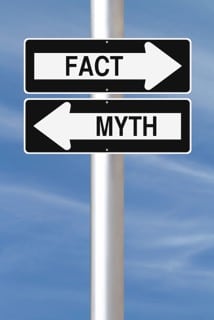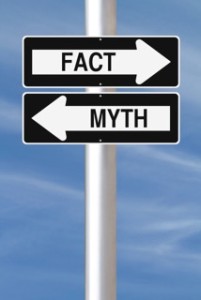
 Too often we think of the consumer experience in the context of our world, not in the world of our patrons. This kind of myopic thinking can lead to a bevy of misconceptions. More importantly, it can lead to a series of lost opportunities in improving consumer experience. For example, if you see your website as the beginning of your patrons’ experience, you’re missing out. The true consumer experience occurs long before they reach out to you and long after they make a product decision.
Too often we think of the consumer experience in the context of our world, not in the world of our patrons. This kind of myopic thinking can lead to a bevy of misconceptions. More importantly, it can lead to a series of lost opportunities in improving consumer experience. For example, if you see your website as the beginning of your patrons’ experience, you’re missing out. The true consumer experience occurs long before they reach out to you and long after they make a product decision.
Look at it outside the lens of your financial institution.
One way to gain a little objectivity is to substitute your institution with a completely different purchase decision. For this example let’s go with the purchasing of a product instead of a service. When someone buys a car, does their journey begin on the Honda website? Doubtful.
They may not even want a Honda. Most likely, a person’s car buying experience begins months, sometimes years before they sign on the dotted line, get their keys and drive off the lot. They’ll ask their friends. They’ll read reviews. They’ll try their best to recall the wide array of print ads, billboards and commercials they’ve seen. Consciously or not Honda has made an impression.
Time is a very valuable commodity in the consumer experience
If and only if the car maker has gone from the consideration set to the small group of purchase possibilities, will a person spend their valuable time on the Honda website. And this is very, very valuable time. When a car purchase goes on your plate, the rest of the world doesn’t stop spinning. No matter if you’re a prince, or a pauper everyone is time poor. And a car purchase has the sense of urgency that switching financial institutions doesn’t. When shaping your vital touch points in your patron’s experience, respect their time. If you don’t, you may not get it.
Broaden your perspective and broaden your possibilities.
As we’ve touched on, what too many marketers see as the beginning of the consumer journey is actually the mid-way point of their experience. Imagine all the possible opportunities available to you when your viewpoint on this consumer journey shifts to a larger perspective. With this approach, your social media strategy may jump up the list of your marketing priorities. Managing your reputation on sites like Yelp or Angie’s List suddenly takes on greater importance. Everything from a buck slip to a billboard could change when you look at the complete consumer journey.
What many think of as the end, is only the beginning
Let’s continue with this car analogy. For the sake time, since we’ve established how very important that is, let’s skip to the post-purchase experience. Is that the end? Will this person ever have contact with Honda again? We all know that answer. So why do we make the mistake of seeing the home loan consumer experience, for example, as having an ending when they sign on the bottom line? When we do, we miss out on the chance of turning a member into an advocate.
We live in a recommendation culture.
Opinions have always been prevalent. Now, they can be broadcast in countless ways by multiple channels. People feel as strongly about their car as they do their financial institutions. Do more than give consumer reasons to sing your praises. Give them opportunities. Follow up after the purchase. Ask them their opinion and them give them the chance to broadcast their happiness to their friends and family. The tools are at their fingertips. All we have to do is nudge them into a recommendation.
The best way to map out a journey? A map’s a good start.
Now that we have a larger perspective on our patron’s true and complete experience, what do we do with it? The truth is, this is where the fun begins. You can use your marketing intuition and experience to map out various touch-point opportunities. You can also augment those ideas with a service like Moment Mapping. Designed to help you create a robust, complete and engaging consumer experience, this service also adds a nice array of complimentary options that will make your institution shine. The result? New and current consumers will head into the world to tell everyone how great their experience — their complete experience — has been.
Sources:
http://beyondphilosophy.com/where-does-your-customer-experience-start-and-stop/
https://www.cuinsight.com/is-it-time-to-rebrand-your-credit-union.html









